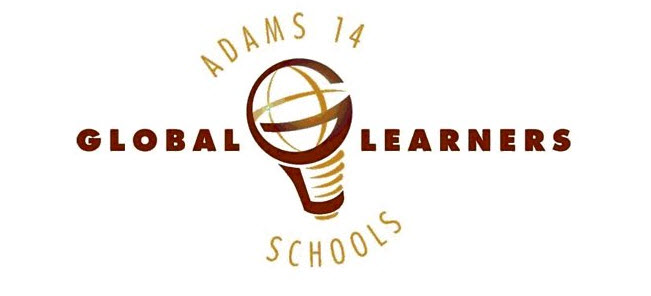The objective for the lesson was for the learners to practice multiplication and division by creating and solving problems.
 I gave each of the students a graphic organizer with five boxes, one for the question and four for the answer choices. Then I modeled creating a story problem. I showed the students how the graphic organizer correlated with the way I enter questions into the SmartResponse software. Then in groups of two or three the students created their own story problems and we entered them into a clicker quiz. My mentor was going through all of these steps as well, so when my class finished creating our quiz, we traded and took each other's quiz!
I gave each of the students a graphic organizer with five boxes, one for the question and four for the answer choices. Then I modeled creating a story problem. I showed the students how the graphic organizer correlated with the way I enter questions into the SmartResponse software. Then in groups of two or three the students created their own story problems and we entered them into a clicker quiz. My mentor was going through all of these steps as well, so when my class finished creating our quiz, we traded and took each other's quiz! Taking the quiz that Ms. Sealy's class created really helped with the classroom engagement. Knowing that they were taking a clicker quiz created by other students made it a more authentic experience and made them "buy in". As they took the quiz they solved their problems on their white boards and signaled their responses.
Taking the quiz that Ms. Sealy's class created really helped with the classroom engagement. Knowing that they were taking a clicker quiz created by other students made it a more authentic experience and made them "buy in". As they took the quiz they solved their problems on their white boards and signaled their responses.  The results turned ou really well, with a class average of 83 %. The students are excited to be a part of creating more of the quizzes that they take.
The results turned ou really well, with a class average of 83 %. The students are excited to be a part of creating more of the quizzes that they take.

2 comments:
Thank you for sharing your success with word problems. Have you noticed a change in students' understanding and ability to solve word problems? In what way?
They do seem more thoughtful now that they had to go through the process of creating a word problem themselves. Having to think of realistic problems helped them to understand their own level of learning.
Post a Comment